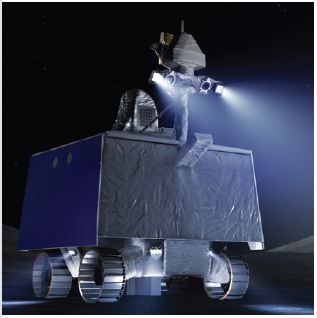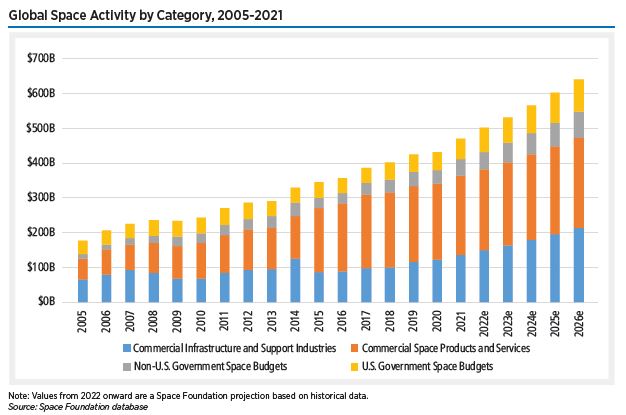2023
INFOGRAPHIC Artemis I
New congress names Space Committee leaders

 With Republicans reclaiming a narrow majority in the U.S. House, leaders have spent January determining who will get gavels on the committees and subcommittees that set military and civil space…
With Republicans reclaiming a narrow majority in the U.S. House, leaders have spent January determining who will get gavels on the committees and subcommittees that set military and civil space… Space Leaders Predict Big Opportunities, Serious Challenges As New Year Dawns In Orbit


The Space Report reached out to a selection of space industry leaders seeking their predictions on what’s ahead for 2023. They foresaw a number of challenges ahead for governments and space firms, from rising international tensions to increased congestion in low Earth orbit.
Above the Fold: Space Issues to Watch in 2023


In China, 2023 is the Year of the Rabbit. Of the twelve animals, it is regarded as the luckiest and symbolizes mercy and elegance. People born in this year avoid arguing and fighting. As one contemplates the major space issues facing the new Congress and the Biden-Harris administration, a realist must accept that it is likely they will be debated . . .
Pressure Ramps Up for New Vehicle Launches Pushed from 2022 to 2023


The list of launch vehicles set for maiden flights in 2023 may sound familiar. It’s mostly the same group of launch vehicles initially slated to fly in 2022.
“Space Matters” panel examines U.S. policy, government space spending for Wednesday episode


Led by former Rep. and Moon Walker Associates CEO Bob Walker, Space Matters convenes former NASA administrator and former Rep. Jim Bridenstine, BryceTech CEO and founder Carissa Christensen, and Constellation Advisory President and Founder Patricia Cooper to provide unparalleled analysis into space programs and the regulatory and business environment.
Budget Gridlock Delays Spending on New U.S. Space Programs


Congressional gridlock delayed a 2023 spending plan for U.S. government space programs, which have made up about 12 percent of the global space economy in recent years. The delay stalled budget increases for NASA and the Pentagon topping $6 billion, but a stopgap measure keeps agencies operating at 2022 spending levels.
Global Space Activity by Category, 2005-2021


For this year’s analysis, Space Foundation incorporated historical data and 2022 government spending to project the global space economy’s growth over the next five years. Using our methodology, we predict that the total could reach $639 billion by 2026. Our modeling takes a more conservative approach based on average growth of established sectors and does not factor in developing sectors such as lunar habitation or still exploratory concepts such as asteroid mining.
- « Previous
- 1
- …
- 12
- 13
- 14

